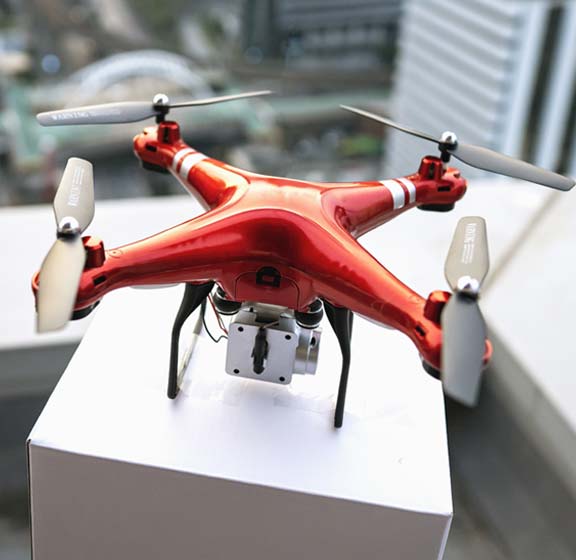
Advanced Air Mobility
Unleashing the power of beyond-visual-line-of-sight
The GSMA is working with the telecoms and aviation sectors to support the transformation of the aviation industry through digitalisation and automation, while maintaining the focus on safety. Existing human-centric systems and processes limit scale, acting as a barrier to greater usage of UAVs and eVTOLs (electric vehicle take-off and landing) for the transport of goods and people. Therefore, aviation authorities and governments are defining new rules suitable for the new airspace users, while other stakeholders are also working on appropriate solutions.
The main objectives of the GSMA communities are:
 | Understanding the ongoing airspace transformation, and the business and operational needs driving the transformation |
 | Sharing knowledge and understanding of both telecom and aviation industries |
| Identifying mobile operators’ capabilities and wider opportunities for all stakeholders |
Two initiatives are making progress in advanced air mobility – the Drone Interest Group (DIG) and Aerial Connectivity Joint Activity (ACJA). To find out more, visit the respective pages below or get in touch at [email protected]
Drone Interest Group
The Drone Interest Group (DIG), which consists of GSMA members from around the world, focuses on the use of cellular communications and services for uncrewed aerial systems (UAS). DIG members share industry knowledge and challenges with a view to positioning mobile operators as key enablers of autonomous UAS and beyond visual line-of-sight operations.
Aerial Connectivity Joint Activity
The GSMA and the GUTMA (Global Unmanned Traffic Management Association) have set up the Aerial Connectivity Joint Activity (ACJA) initiative to facilitate engagement between the aviation and mobile sectors, and explain how mobile services will benefit UAS and UTM service providers, as well as ANSPs (air navigation service providers) and regulators. The ACJA aims to bring cohesive proposals to the relevant standards organisations of each community.

